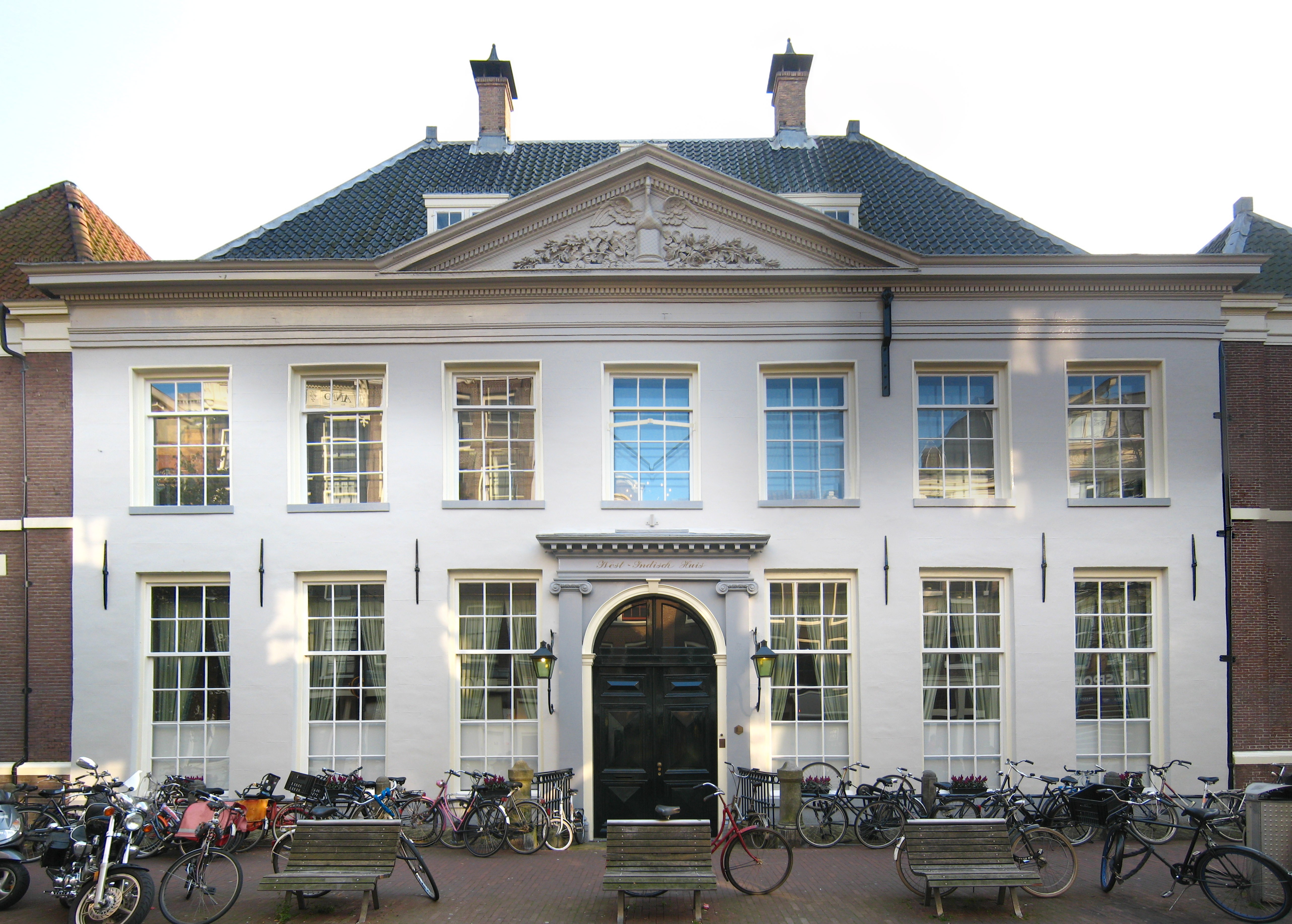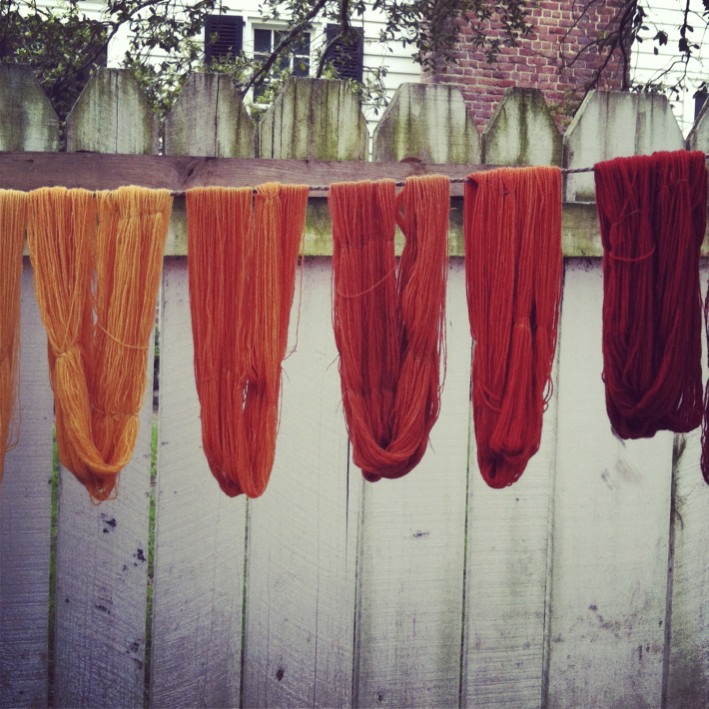|
Sugar Refinery Stokholm
The Sugar Refinery Stokholm is an 18th century listed building in Dordrecht, the Netherlands. It is now an office building, but was constructed as a sugar refinery. This still shows in the height and massive scale of the building. History Johan Anthonij Bruijn (1730–1737) Johan Anthony Bruijn was born in Stockholm in about 1695. In 1730 he bought the grounds beneath the current building from the Dutch West India Company for 4,500 guilders. He then demolished everything and build the massive sugar refinery that still dominates the Wolwevershaven. The total investment in the new refinery was at least 24,500 guilders. The refinery was not successful. By 1736 its debts had increased to 35,000 guilders, and the owner filed for bankruptcy. On 25 and 30 January 1737 the sugar refinery 'Stokholm', obviously named for the owner's place of birth would be sold. The description said it had 5 (complete) floors above the ground floor. It had two sugar loaf drying rooms and one sugar ... [...More Info...] [...Related Items...] OR: [Wikipedia] [Google] [Baidu] |
Dordrecht
Dordrecht (), historically known in English as Dordt (still colloquially used in Dutch, ) or Dort, is a List of cities in the Netherlands by province, city and List of municipalities of the Netherlands, municipality in the Western Netherlands, located in the Provinces of the Netherlands, province of South Holland. It is the province's fifth-largest city after Rotterdam, The Hague, Leiden, and Zoetermeer, with a population of . The municipality covers the entire Dordrecht Island, also often called ''Het Eiland van Dordt'' ("the Island of Dordt"), bordered by the rivers Oude Maas, Beneden Merwede, Nieuwe Merwede, Hollands Diep, and Dordtsche Kil. Dordrecht is the largest and most important city in the Drechtsteden and is also part of the Randstad, the main conurbation in the Netherlands. Dordrecht is the oldest city in Holland and has a rich history and culture. Etymology The name Dordrecht comes from ''Thuredriht'' (circa 1120), ''Thuredrecht'' (circa 1200). The name seems to ... [...More Info...] [...Related Items...] OR: [Wikipedia] [Google] [Baidu] |
Sugar Refinery
A sugar refinery is a refinery which processes raw sugar from cane or sugar extracted from beets into white refined sugar. Cane sugar mills traditionally produce raw sugar, which is sugar that still contains molasses, giving it coloration (and impurities) than the white sugar which is normally consumed in households and used as an ingredient in soft drinks and foods. Raw cane sugar does not need refining to be palatable. It is refined for reasons such as health, color, and the requirement for a pure sugar taste. Raw sugar is stable for transport and can be taken from mills to locations for processing into white sugar. Cane sugar mills / factories often produce a partially refined product called Plantation (or Mill) White for their local market, but this is inferior to white sugar made by refineries. Beet sugar factories can also produce raw sugar, but this has an unpleasant taste. There is no separate raw sugar stage to the process; the sugar extract from the beet i ... [...More Info...] [...Related Items...] OR: [Wikipedia] [Google] [Baidu] |
Listed Building
In the United Kingdom, a listed building is a structure of particular architectural or historic interest deserving of special protection. Such buildings are placed on one of the four statutory lists maintained by Historic England in England, Historic Environment Scotland in Scotland, in Wales, and the Historic Environment Division of the Department for Communities in Northern Ireland. The classification schemes differ between England and Wales, Scotland, and Northern Ireland (see sections below). The term has also been used in the Republic of Ireland, where buildings are protected under the Planning and Development Act 2000, although the statutory term in Ireland is "Record of Protected Structures, protected structure". A listed building may not be demolished, extended, or altered without permission from the local planning authority, which typically consults the relevant central government agency. In England and Wales, a national amenity society must be notified of any work to ... [...More Info...] [...Related Items...] OR: [Wikipedia] [Google] [Baidu] |
Sugar Refinery
A sugar refinery is a refinery which processes raw sugar from cane or sugar extracted from beets into white refined sugar. Cane sugar mills traditionally produce raw sugar, which is sugar that still contains molasses, giving it coloration (and impurities) than the white sugar which is normally consumed in households and used as an ingredient in soft drinks and foods. Raw cane sugar does not need refining to be palatable. It is refined for reasons such as health, color, and the requirement for a pure sugar taste. Raw sugar is stable for transport and can be taken from mills to locations for processing into white sugar. Cane sugar mills / factories often produce a partially refined product called Plantation (or Mill) White for their local market, but this is inferior to white sugar made by refineries. Beet sugar factories can also produce raw sugar, but this has an unpleasant taste. There is no separate raw sugar stage to the process; the sugar extract from the beet i ... [...More Info...] [...Related Items...] OR: [Wikipedia] [Google] [Baidu] |
Dutch West India Company
The Dutch West India Company () was a Dutch chartered company that was founded in 1621 and went defunct in 1792. Among its founders were Reynier Pauw, Willem Usselincx (1567–1647), and Jessé de Forest (1576–1624). On 3 June 1621, it was granted a :wikisource:Charter of the Dutch West India Company, charter for a trade monopoly in the Dutch West Indies by the Republic of the Seven United Netherlands and given jurisdiction over Dutch participation in the Atlantic slave trade, Brazil, the Caribbean, and North America. The area where the company could operate consisted of West Africa (between the Tropic of Cancer and the Cape of Good Hope) and the Americas, which included the Pacific Ocean and ended east of the Maluku Islands, according to the Treaty of Tordesillas. The intended purpose of the charter was to eliminate competition, particularly Spanish or Portuguese, between the various trading posts established by the merchants. The company became instrumental in the largely eph ... [...More Info...] [...Related Items...] OR: [Wikipedia] [Google] [Baidu] |
Sugar Candy
Sugar candy is any candy whose primary ingredient is sugar. The main types of sugar candies are hard candies, fondants, Caramel, caramels, jellies, and Nougat, nougats. In British English, this broad category of sugar candies is called ''sweets'', and the name ''candy'' or ''sugar-candy'' is used only for hard candies that are nearly solid sugar. Sugar candy is a sub-type of candy, which includes sugar candies as well as Chocolate, chocolates, chewing gum and other sweet foods. Candy, in turn, is a sub-type of confectionery, which also includes sweet pastries and sometimes ice cream. History The oldest sugar candies are presumed to have been made where the sugar cane plant was domesticated. Sugar cane probably originated in Papua New Guinea, and from there was taken to Southeast Asia and other Pacific Islands, and ultimately to India and China. From India, sugar spread to the Arab states and eventually to Europe. Traditional uses Sugar candy is often used to sweeten ... [...More Info...] [...Related Items...] OR: [Wikipedia] [Google] [Baidu] |
Economies Of Scale
In microeconomics, economies of scale are the cost advantages that enterprises obtain due to their scale of operation, and are typically measured by the amount of Productivity, output produced per unit of cost (production cost). A decrease in unit cost, cost per unit of output enables an increase in scale that is, increased production with lowered cost. At the basis of economies of scale, there may be technical, statistical, organizational or related factors to the degree of Market (economics), market control. Economies of scale arise in a variety of organizational and business situations and at various levels, such as a production, plant or an entire enterprise. When average costs start falling as output increases, then economies of scale occur. Some economies of scale, such as capital cost of manufacturing facilities and friction loss of transportation and industrial equipment, have a physical or engineering basis. The economic concept dates back to Adam Smith and the idea o ... [...More Info...] [...Related Items...] OR: [Wikipedia] [Google] [Baidu] |
Rubia Tinctorum
''Rubia tinctorum'', the rose madder or common madder or dyer's madder, is a herbaceous perennial plant species belonging to the bedstraw and coffee family Rubiaceae. Description The common madder can grow up to 1.5 m in height. The evergreen leaves are approximately 5–10 cm long and 2–3 cm broad, produced in whorls of 4–7 starlike around the central stem. It climbs with tiny hooks at the leaves and stems. The flowers are small (3–5 mm across), with five pale yellow petals, in dense racemes, and appear from June to August, followed by small (4–6 mm diameter) red to black berries. The roots can be over a metre long, up to 12 mm thick and are the source of red dyes known as rose madder and Turkey red. It prefers loamy soils (sand and clay soil) with a constant level of moisture, as well as creek beds. Madder is used as a food plant by the larvae of some Lepidoptera species including the hummingbird hawk moth. Uses It has been used since anc ... [...More Info...] [...Related Items...] OR: [Wikipedia] [Google] [Baidu] |
Sugar Industry Of The Netherlands
Sugar is the generic name for sweet-tasting, soluble carbohydrates, many of which are used in food. Simple sugars, also called monosaccharides, include glucose, fructose, and galactose. Compound sugars, also called disaccharides or double sugars, are molecules made of two bonded monosaccharides; common examples are sucrose (glucose + fructose), lactose (glucose + galactose), and maltose (two molecules of glucose). White sugar is almost pure sucrose. In the body, compound sugars are hydrolysed into simple sugars. Longer chains of monosaccharides (>2) are not regarded as sugars and are called oligosaccharides or polysaccharides. Starch is a glucose polymer found in plants, the most abundant source of energy in human food. Some other chemical substances, such as ethylene glycol, glycerol and sugar alcohols, may have a sweet taste but are not classified as sugar. Sugars are found in the tissues of most plants. Honey and fruits are abundant natural sources of simple sugars. S ... [...More Info...] [...Related Items...] OR: [Wikipedia] [Google] [Baidu] |
Sugar Refineries In The Netherlands
Sugar is the generic name for Sweetness, sweet-tasting, soluble carbohydrates, many of which are used in food. Simple sugars, also called monosaccharides, include glucose, fructose, and galactose. Compound sugars, also called disaccharides or double sugars, are molecules made of two Glycosidic bond, bonded monosaccharides; common examples are sucrose (glucose + fructose), lactose (glucose + galactose), and maltose (two molecules of glucose). White sugar is almost pure sucrose. In the body, compound sugars are hydrolysed into simple sugars. Longer chains of monosaccharides (>2) are not regarded as sugars and are called oligosaccharides or polysaccharides. Starch is a glucose polymer found in plants, the most abundant source of energy in human food. Some other chemical substances, such as ethylene glycol, glycerol and sugar alcohols, may have a sweet taste but are not classified as sugar. Sugars are found in the tissues of most plants. Honey and fruits are abundant natural s ... [...More Info...] [...Related Items...] OR: [Wikipedia] [Google] [Baidu] |









